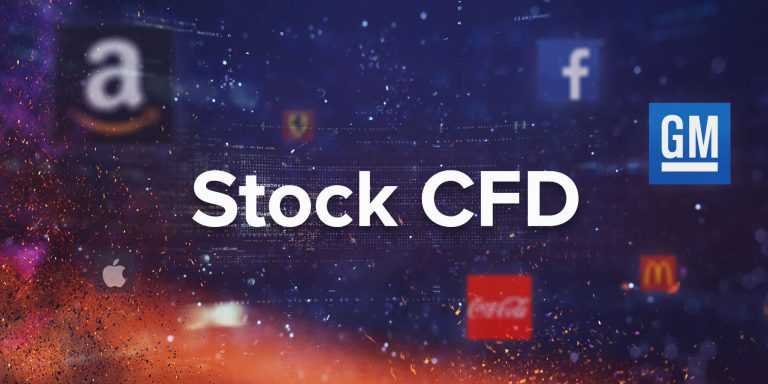Traders, working with IQ Option, have the opportunity to trade shares of the world’s most renowned and powerful corporations with the help of an instrument called CFD. The three letters stand for “contract for difference”. By buying the contract, a trader does not invest his funds in the company itself. Rather, he is making a prediction regarding future price movements of the asset at hand. Should the price move in the right direction, he will receive profit proportional to the degree of the asset price change. Otherwise, his initial investment will be lost.
CFDs are a good way of trading shares without turning to shares themselves. Stock trading usually involves hassle that can be easily avoided when trading options. Stock brokers do not offer a wide range of investment instruments. On the contrary, when trading with IQ Option, you can trade equity, currency pairs and cryptocurrencies — all in one place. The latter makes trading less time-consuming and, therefore, more effective and comfortable.
How to Trade CFD Stocks
This is how to trade CFDs on stocks on the IQ Option platform:
- Click the “Open New Asset” button in the upper side of the screen and choose ‘Stocks’ from the list of available options. Then choose the company you want to trade. Analyze the price chart using technical analysis tools. Don’t forget to take into account fundamentals factors, as well. Then determine the trend direction and predict its future behavior in the foreseeable future.

- Set the amount of money you want to invest in this particular deal. Remember that in accordance with prominent risk management practices, you are not supposed to allocate your entire capital to a single deal.
- Choose a multiplier and set up the auto closing (optional). A multiplier will increase both the potential return and risk involved. By opening a $100-worth deal with a multiplier of x5 you will get the same results as if you were investing $500. It applies to both profits and losses. Auto closing will let you close the deal automatically, whether to grab your earnings or manage your losses.

- Now, depending on your forecast, choose either “Buy” or “Sell”. When the time is right, close the deal. The bigger the difference between the opening price and the current price (if the trend direction was predicted correctly), the higher the potential profit. Keep in mind that your deal will be subject to an overnight fee, so don’t keep it open for too long.
CFD trading may seem easy due to low number of variables involved. However, it is as difficult, as it could be rewarding (if done correctly). Dedicating enough time to the company you are about to trade and learning how to use technical analysis tools in advance is always better than . Dive into the engaging world of CFD trading right now.

